Bhutan Tour Packages
Bhutan : The Land of Thunder Dragons
About Bhutan Tour Packages
It is considered to be one of the oldest countries where the traditional Himalayan Buddhist culture is still alive, surrounded by unspoilt natural beauty. Due to its geographical position, government policies and protection, this Himalayan kingdom has been saved from the modern-day atrocities of nature, making it a hub of peace and tranquillity. Hence, the name, ‘the last Shangri-La’.
The dragon in the flag of Bhutan represents protection and wisdom, reflecting the deep Buddhist traditions of the country tucked in the Himalayas.
The country opened its door to tourism only in the 1970s, therefore perfectly preserving its rich cultural heritage. Bhutan is the only country in the world to emit zero carbon. The government of Bhutan levies a daily fee in order to avoid tourism overwhelming the local economy, environment and culture.
The dramatic diversity of Bhutan, from the rolling plains of the subtropics to the high-altitude Himalayan peaks along with the peace and serenity that it offers makes the country untouched and unexplored.
The official language of Bhutan is Dzongkha, which is written in the Tibetan script. The kingdom is a constitutional monarchy, and the king is to date, the head of the state. The Prime Minister of the country acts as the head of the government.
Here, the people are kind and helpful, the culture is vibrant and rich, the festivals are colourful and legendary and the practices are sustainable and meaningful.
If you are looking for a Zen experience to add to your life, Bhutan is the place to be.
Places to visit in Bhutan
Thimphu
Thimphu was established as the capital city as well as the administrative capital of Bhutan in 1961. The city is unlike any other capital in the world. Here, the mountains sing tales of peace with nature.
Thimphu has a lot to explore, starting from the Trashi Chhoe Dzong, beside the tranquil Wang Chu to the National Memorial Chorten devoted to World Peace. The Trashi Chhoe Dzong is also known as the ‘Fortress of the Glorious Religion’, depicting the distinctive way of life of the Bhutanese people.
But a trip to Thimphu remains incomplete without a visit to the Buddha Dordenma statue which is plated in gold and is over 51 meters tall. The other notable places to visit include the Gangtey Monastery, the Royal Botanical Garden and the National Bhutan Library, all of which are parts of the cultural and national heritage.
Paro
Located in the Paro Valley of Bhutan, Paro is a quaint little town of immense historical importance in the kingdom. Nestled within Paro are 155 temples and monasteries dating back to as late as the 7th century. With the stunning architecture of the Bhutanese traditional houses, undulating, vast greeneries and sparkling waters of the Paro Chhu and Wang Chhu, Paro seems like a town out of a postcard.
But the best part? The Takshang Monastery or the Tiger’s Nest Monastery perched on a cliff above 900 meters above the valley floor is a sacred pilgrimage site for the Buddhists. Legend has it that Guru Rinpoche, the founder of Tibetan Buddhism flew to this location on the back of a tigress and meditated in a cave.
Paro and its surroundings are dotted with prayer flags, stupas, and mani walls, reflecting the deep spiritual beliefs of the local population.
But hold on, Bhutan is of course the best place to find your inner peace but don’t be fooled. Did you know that Bhutan is one of the best places in the world to find the most reputed brews? One can go for a beer-tasting tour too in the Namgay Artisanal Brewery over Red Rice Lager, Indian Pale Ale, Wheat, Apple Cider, Dark Ale etc.
Punakha
Punakha, the former capital of the Wangchuk kings in the kingdom of Bhutan, between Pho Chhu and Mo Chhu rivers. The charm of Punakha still captivates anyone who visits this picturesque toy town. Now, it is a hub of culture and religion with temples, viewpoints, valleys, courtyards and towers to explore around.
Moreover, Punakha is the perfect place to reconnect with yourself, if you are looking for some soul searching. There aren’t a lot of tourist places, but it is the perfect place to connect with nature, gorge on Bhutanese food, take a stroll through the villages, get inspired by the monks and have a riverside getaway.
Punakha Dzong, built in 1637 is one of the largest dzongs of Bhutan and holds a very important value in the life of the royal family. The dzong is called the Palace of Great Happiness and is the most picturesque dzong in Bhutan.
Other than that, the Chimi Lhakhang temple, nicknamed the “Fertility Temple,” draws pilgrims, especially women to seek blessings to conceive. Quite fascinating, isn’t it?
Haa Valley
Haa Valley is a heaven for hikers and trekkers, located to the south-west of Paro. The valley, with its breathtaking peaks, vibrant and winding roads, and serene beauty is a hub of cultural richness. It is a secluded paradise which was essentially closed to tourists until 2022, allowing the government to preserve its charming landscapes.
Did you also know that Haa Valley is the only place in the world where the rare blue poppy flower blooms? Apart from that, the valley has the most surreal views of the country and is known as ‘Hidden-Land Rice Valley’ due to the cultivation of barley and wheat in the majority.
Food to try in Bhutan
Bhutan is a country with deep-rooted cultural heritage and panoramic views, being one of the most sacred places one can visit. But the food of Bhutan is absolutely delectable too.
With Bhutan’s culture and traditions, along with the Himalayan kingdom’s stunning landscapes, you may not pay as much attention to the food but that would be a mistake!
Bhutanese food is influenced by its neighbouring countries such as Tibet, China, India and Nepal. Bhutanese food is cooked in a healthy, indigenous style and can be quite spicy too.
Typically, the most common dish includes red rice, maize or buckwheat. Other common dishes include yak meat, chicken, dried beef, pork and lamb. Soups and stews prepared with lentils and dried vegetables are quite common too.
Ema Datshi
In Dzongkha, the Bhutanese language, ‘datshi’ refers to cheese. The cheese is made from the curd of cow milk or yak milk. Ema Datshi is a stew made with hot chilli peppers and cheese wherein, ‘ema’ means chilli. It has been recognized as the national dish of the country.
The dish is served along with almost every meal. Dry red or fresh green chillies are sliced, lengthwise and cooked with the local cheese and a thick layer of butter. Sometimes, a dash of garlic, tomatoes and onions are added too. At other times, yak cheese may be a key ingredient as well.
However, even if you have ema datshi every day while in Bhutan, no two ema datshi dishes will ever be the same.
Phaksha Paa
Paksha paa is another favourite of the Bhutanese people since it is made of pork. Paa is a gravy or a curry with meaty stew and the dish is made of pork and red chillies, stir-fried. Often, vegetables such as spinach and radishes are added to the curry. This dish is generally eaten with Datshi dishes along with rice.
Often, another ingredient called Bok Choy is added to the curry. Also known as White Mustard Cabbage.
The other variations of this dish include shakam paa, yaksha shakam and sikam paa.
Red Rice
The red rice is grown in the Eastern Himalayas and is a staple of Bhutan. It is extremely nutritious, being wheat and gluten-free and packed with minerals. Moreover, the rice cooks quicker than most other varieties.
The taste is on an earthier and nuttier side and go well with dishes such ema datshi, khewa datshi, shamu datshi and other cheese or meat-based dishes with bold taste.
Mostly, people in the Bumthang region prefer buckwheat food items while the rest of the country enjoys red rice due to its popularity. The red rice is grown in the Paro Valley in abundance due to being a recipient of the mineral-rich glacial water.
Jasha Maroo or Maru
Another boon to your taste buds would be the Jasha Maroo or Maru which is a spicy stew made with onion, garlic, diced onions, chilli, tomato, ginger and coriander leaves. As in the case of most Bhutanese dishes, this too is served with a plate of red rice.
Simply put, it is a chicken curry or a chicken stew with a mild flavour.
Suja (Bhutanese Butter Tea)
All the chai lovers here: gather up! Up until now, you probably have had chai with your regular milk. But have ever had chai made with butter?
Suja is the traditional butter tea of Bhutan. On a cold, misty morning, Suja, churned with either cow or yak butter along with salt and regular tea leaves or even mountain herbs brings a sense of calm to the soul. This flavourful tea is also consumed in large parts of Nepal and Tibet.
The butter in the tea gives it a rich, creamy and salty taste which may take a while to get used to.
Ara
Ara or arag is one of the beverages you must not miss if you are in Bhutan! This is an alcoholic beverage made from native maize, barley, buckwheat, rice or wheat and forms an important part of the Bhutanese culture. The smell and taste can be quite strong, too.
Ara is creamy and white and is usually fermented or distilled. While most alcoholic beverages are served cold, Ara is served hot and usually neat but can also be heated with eggs or butter for a more wholesome beverage along with rice.
Although the beverage is illegal to serve in the country, it is prepared at private homes and often for religious occasions on auspicious days.
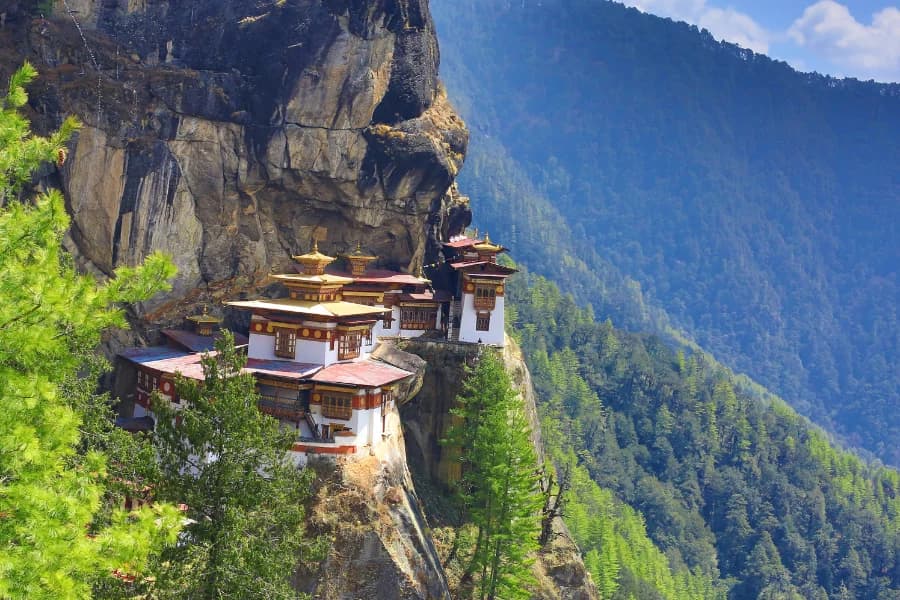
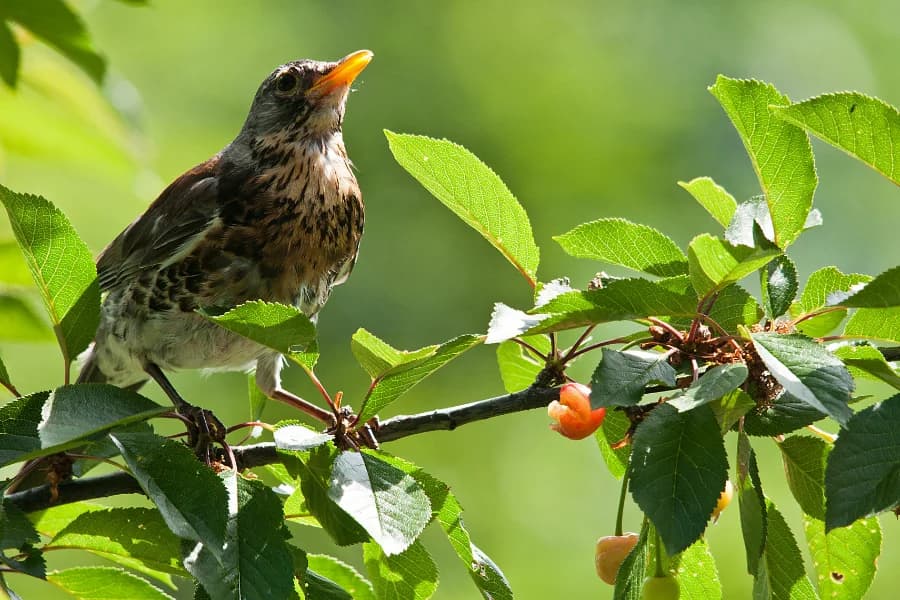
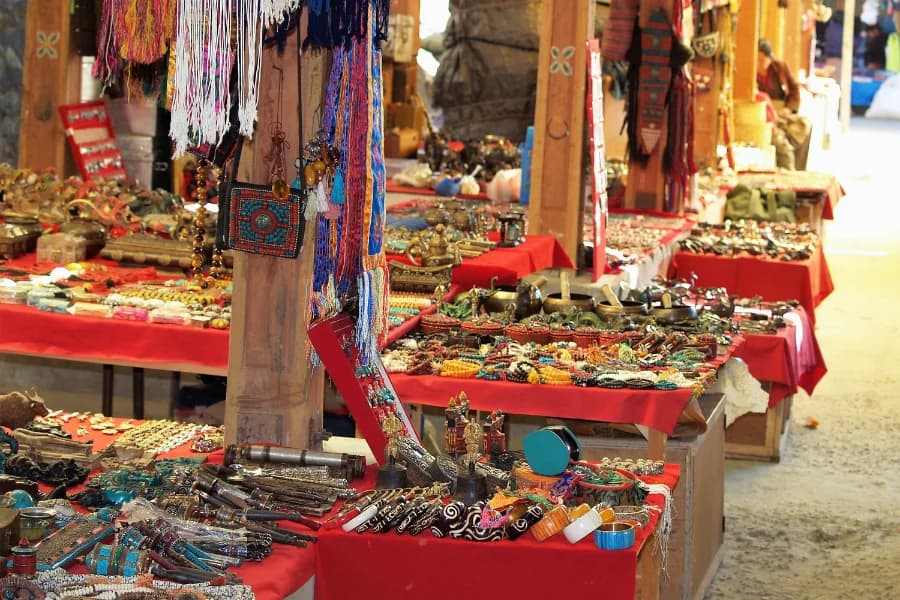
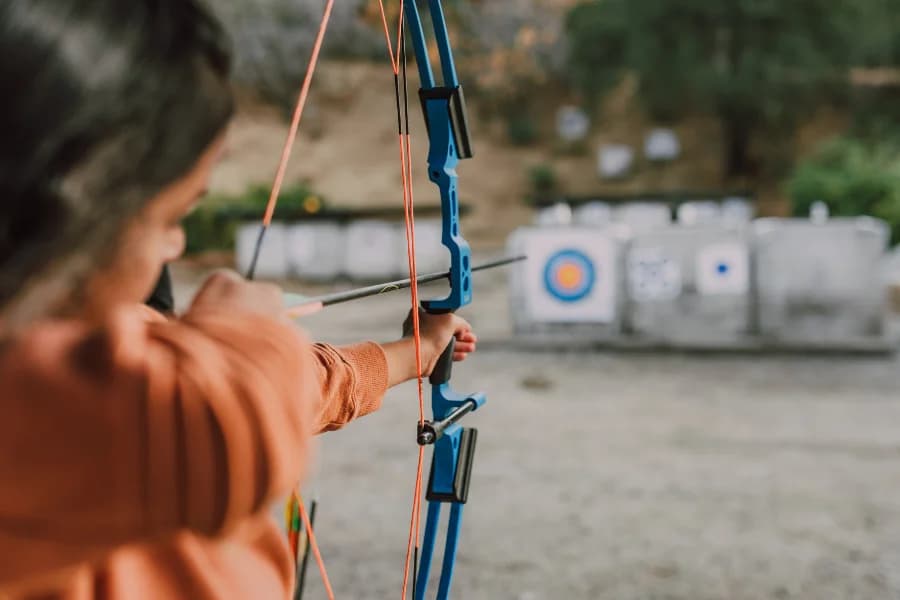
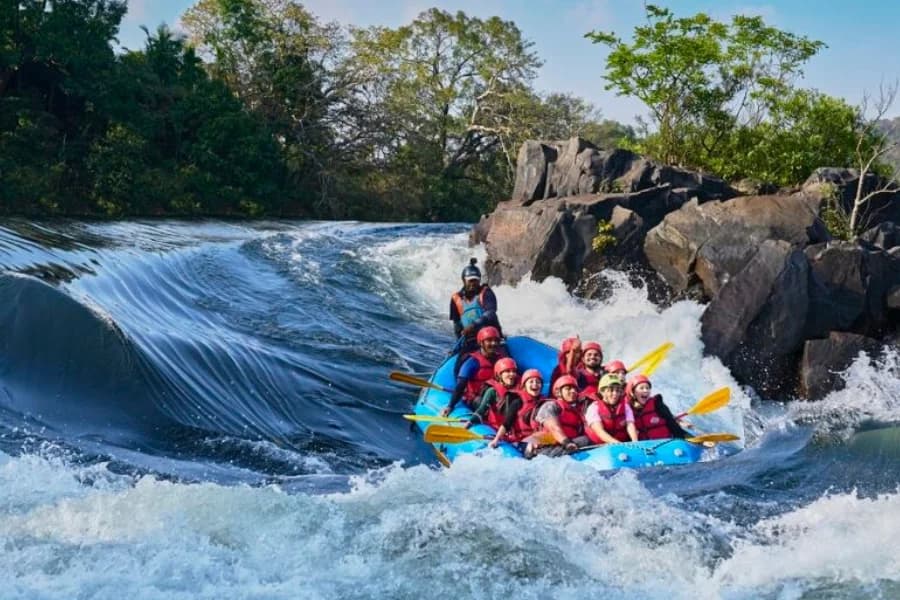
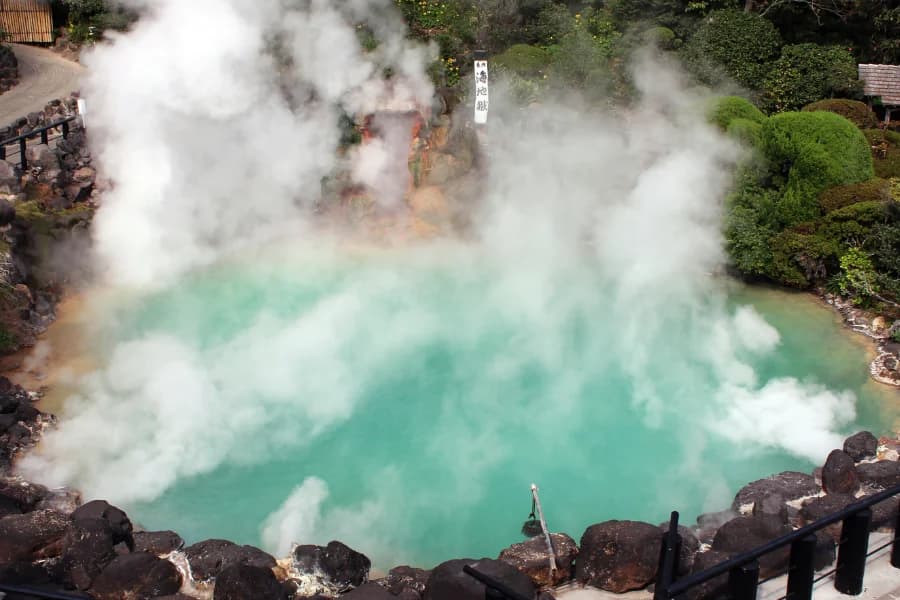
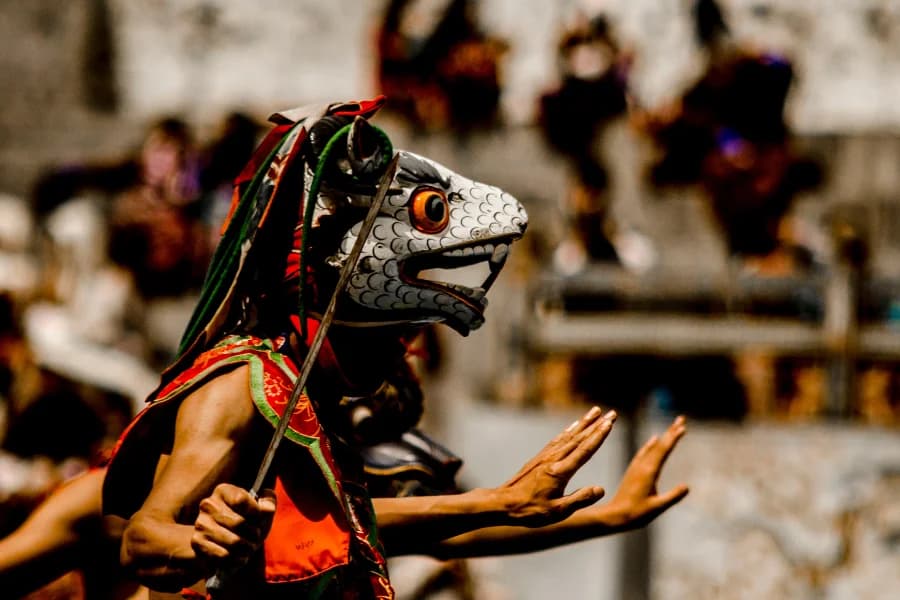
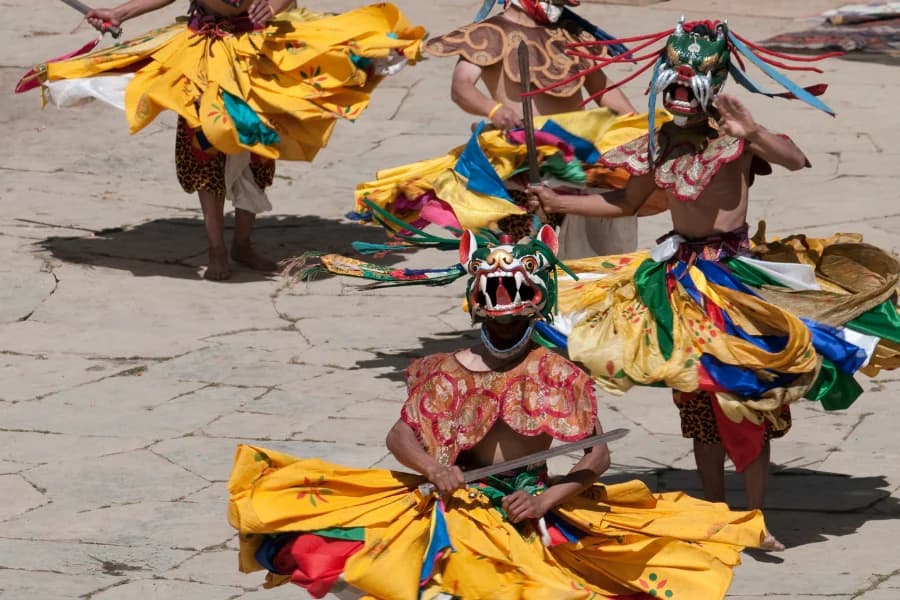
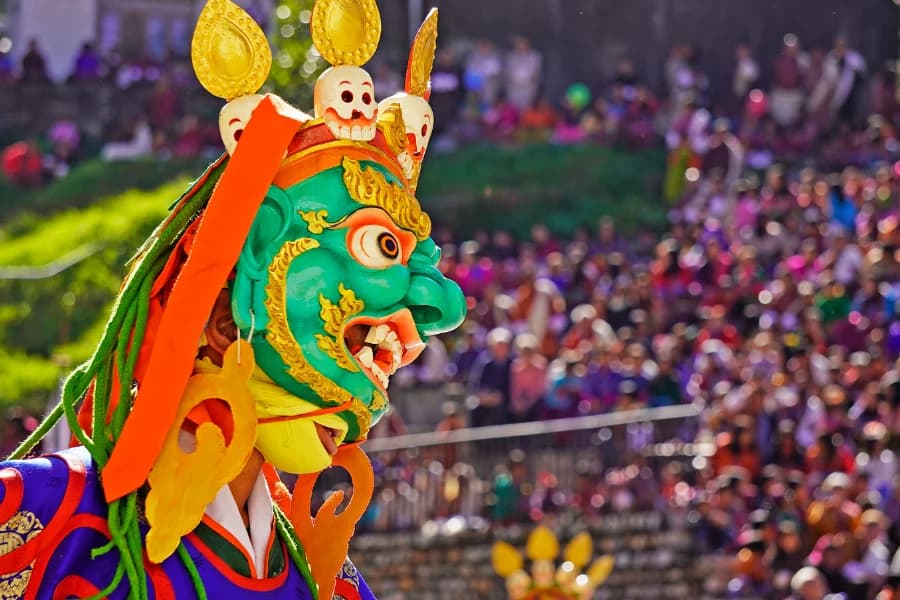
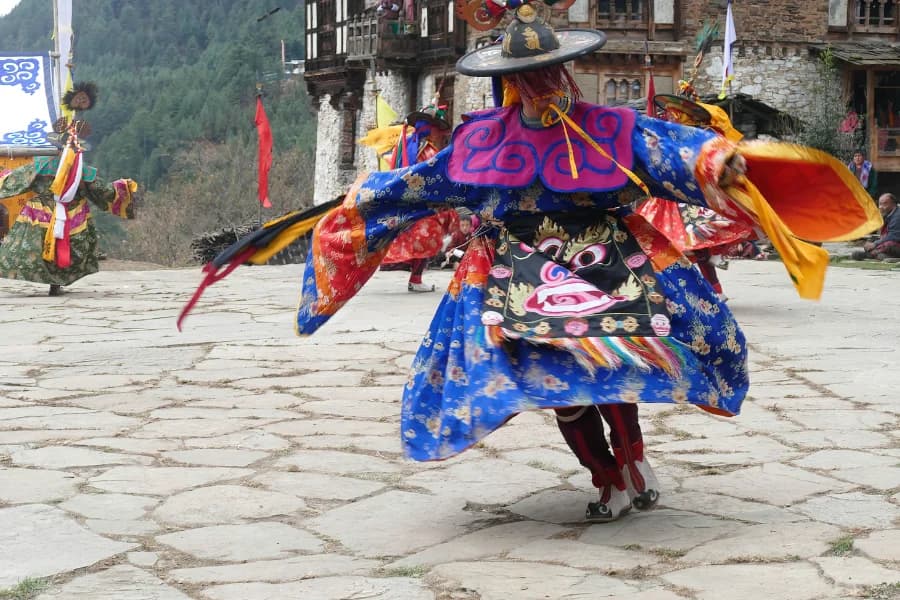


.webp&w=2048&q=75)
.webp&w=2048&q=75)
.webp&w=2048&q=75)
.webp&w=2048&q=75)
.webp&w=2048&q=75)
.webp&w=2048&q=75)


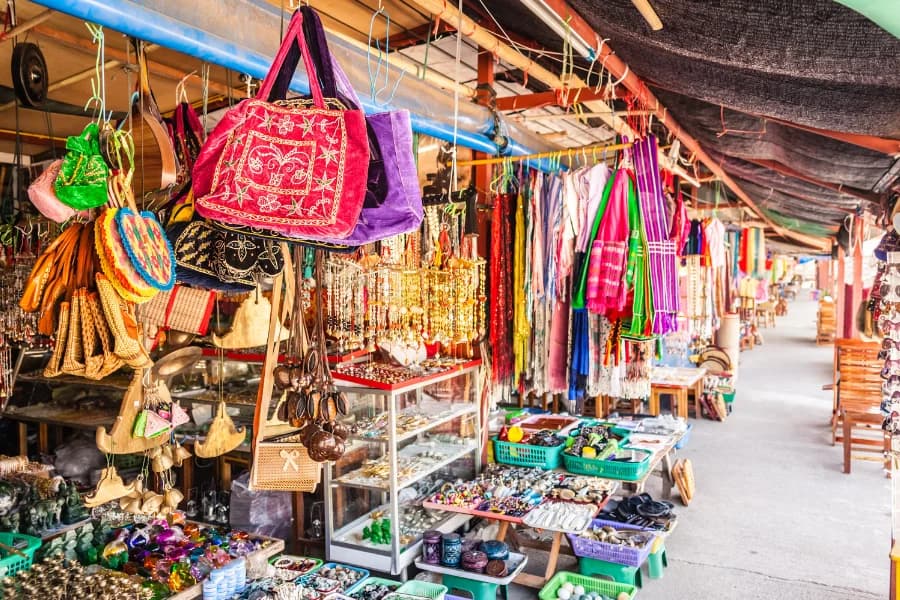

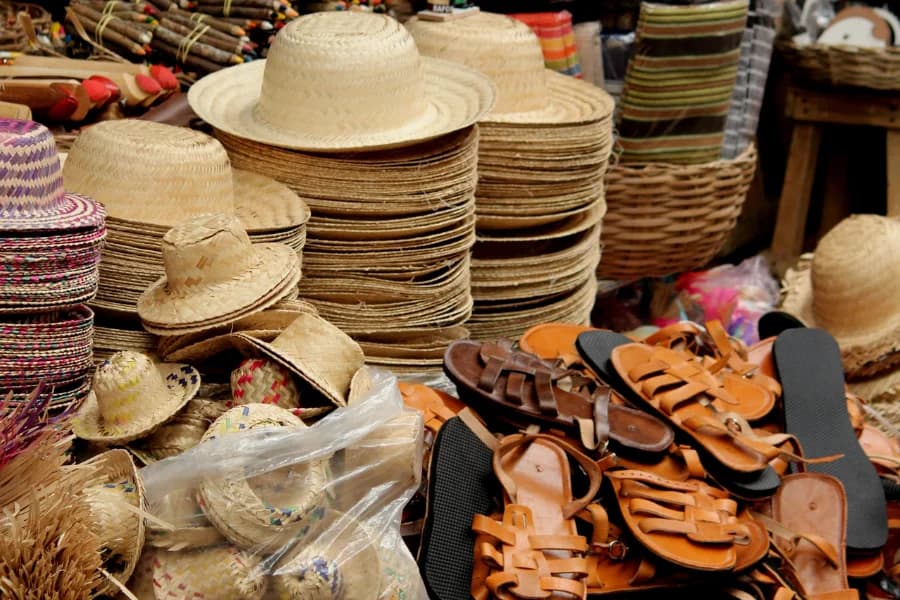

Frequently Asked Questions
Your right to know !
About Us
We at Tripper Trails are a backpacking travel community providing end-to-end travel and tour packages in India and abroad. We host corporate trips, backpacking trips, and long or weekend getaways to explore the beauty of unearthed destinations. With a focus on community travel, we encourage all kinds of travellers including solo, groups or couples wherein the travel itineraries are catered to your preferences and needs. Our trips are led by our travel experts and pocket friendly to ensure that you can see this beautiful world around you as much as you want!
Weekend Trips
No events available
India Tour Packages
Kerala Trip Packages | Spiti Trip Packages | Ladakh Trip Packages | Kashmir Trip Packages | Andaman and Nicobar Trip Packages | Meghalaya Trip Packages | South India Trip PackagesInternational Tour Packages
Thailand Trip Packages | Baku Trip Packages | Almaty Trip Packages | Bali Trip Packages | Bhutan Trip Packages | Dubai Trip Packages | Vietnam Trip PackagesAbout Us
We at Tripper Trails are a backpacking travel community providing end-to-end travel and tour packages in India and abroad. We host corporate trips, backpacking trips, and long or weekend getaways to explore the beauty of unearthed destinations. With a focus on community travel, we encourage all kinds of travellers including solo, groups or couples wherein the travel itineraries are catered to your preferences and needs. Our trips are led by our travel experts and pocket friendly to ensure that you can see this beautiful world around you as much as you want!
Weekend Trips
No events available
India Tour Packages
Kerala Trip Packages | Spiti Trip Packages | Ladakh Trip Packages | Kashmir Trip Packages | Andaman and Nicobar Trip Packages | Meghalaya Trip Packages | South India Trip PackagesInternational Tour Packages
Thailand Trip Packages | Baku Trip Packages | Almaty Trip Packages | Bali Trip Packages | Bhutan Trip Packages | Dubai Trip Packages | Vietnam Trip PackagesADDRESS
Tripper Trails (A unit of Tripper Trails Journeys Private Limited)
#4036, 3rd floor, 80 Feet Rd, near Sita Circle, next to Saligrama Party Hall, 1st phase Girinagar, Bengaluru, Karnataka 560050.




